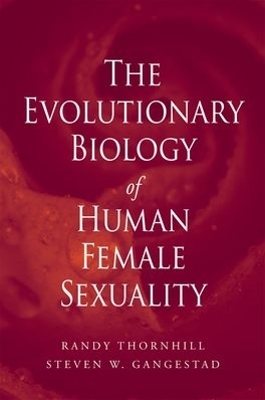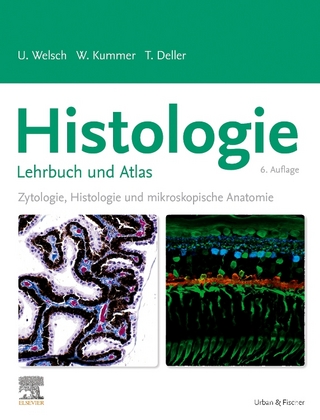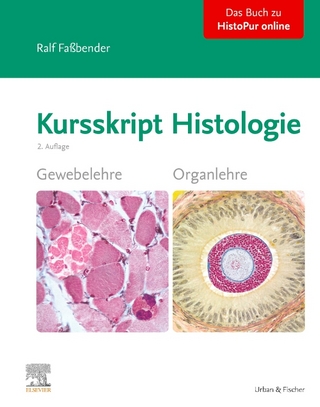
The Evolutionary Biology of Human Female Sexuality
Oxford University Press Inc (Verlag)
978-0-19-534099-0 (ISBN)
At the fertile phase of the cycle, women prefer male traits that may mark superior genetic quality, and at infertile phases, they prefer men willing to invest resources in a mate. Thus, women's peri-ovulatory sexuality functions to obtain a sire of superior genetic quality, and is homologous with estrus in other vertebrates.
This model sheds light on male human sexuality as well: men perceive and respond to women's estrus, including by increased mate guarding. Men's response is limited, compared to other vertebrate males, implying coevolutionary history of selection on females to conceal estrus from men and selection on men to detect it. Research indicates that women's concealed estrus is an adaptation to copulate conditionally with men other than the pair-bond partner. Women's sexual ornaments-the estrogen-facilitated features of face and body-are honest signals of individual quality pertaining to future reproductive value.
Randy Thornhill is the Distinguished Professor of Biology at the University of New Mexico. He received his PhD in zoology from the University of Michigan in 1974. His research and teaching are in evolutionary biology, particularly the evolution of animal social life. Steven W. Gangestad is the Distinguished Professor of Psychology at the University of New Mexico. He received his PhD in 1984 from the University of Minnesota. His primary research is in evolutionary psychology and social/personality psychology. His general interests concern the ways in which humans' current psychological design is a product of evolutionary selection, and current research involves this issue in regard to phenomena that occur within close relationships such as sexual relationships, friendships, and familial relationships. Other research concerns the developmental expressions of adaptations.
Chapter 1. Background and Overview of the Book ; Chapter 2. Methodology ; Chapter 3. Extended Female Sexuality ; Chapter 4. The Evolution of Human Mating Systems and Parental Care ; Chapter 5. Female Ornaments and Signaling ; Chapter 6. The Evolution of Women's Permanent Ornaments ; Chapter 7. Good Genes and Mate Choice ; Chapter 8. Estrus ; Chapter 9. Women's Estrus ; Chapter 10. Women's Estrus, Pair-Bonding, and Extra-Pair Sex ; Chapter 11. Concealed Fertility ; Chapter 12. Coevolutionary Processes: Men's Counter-Strategies and Women's Responses to Them ; Chapter 13. Reflections
| Erscheint lt. Verlag | 18.12.2008 |
|---|---|
| Zusatzinfo | 3 halftones, 21 line illustrations |
| Verlagsort | New York |
| Sprache | englisch |
| Maße | 231 x 155 mm |
| Gewicht | 592 g |
| Themenwelt | Studium ► 1. Studienabschnitt (Vorklinik) ► Histologie / Embryologie |
| Naturwissenschaften ► Biologie ► Evolution | |
| Naturwissenschaften ► Biologie ► Humanbiologie | |
| Sozialwissenschaften ► Soziologie ► Gender Studies | |
| ISBN-10 | 0-19-534099-X / 019534099X |
| ISBN-13 | 978-0-19-534099-0 / 9780195340990 |
| Zustand | Neuware |
| Haben Sie eine Frage zum Produkt? |
aus dem Bereich


